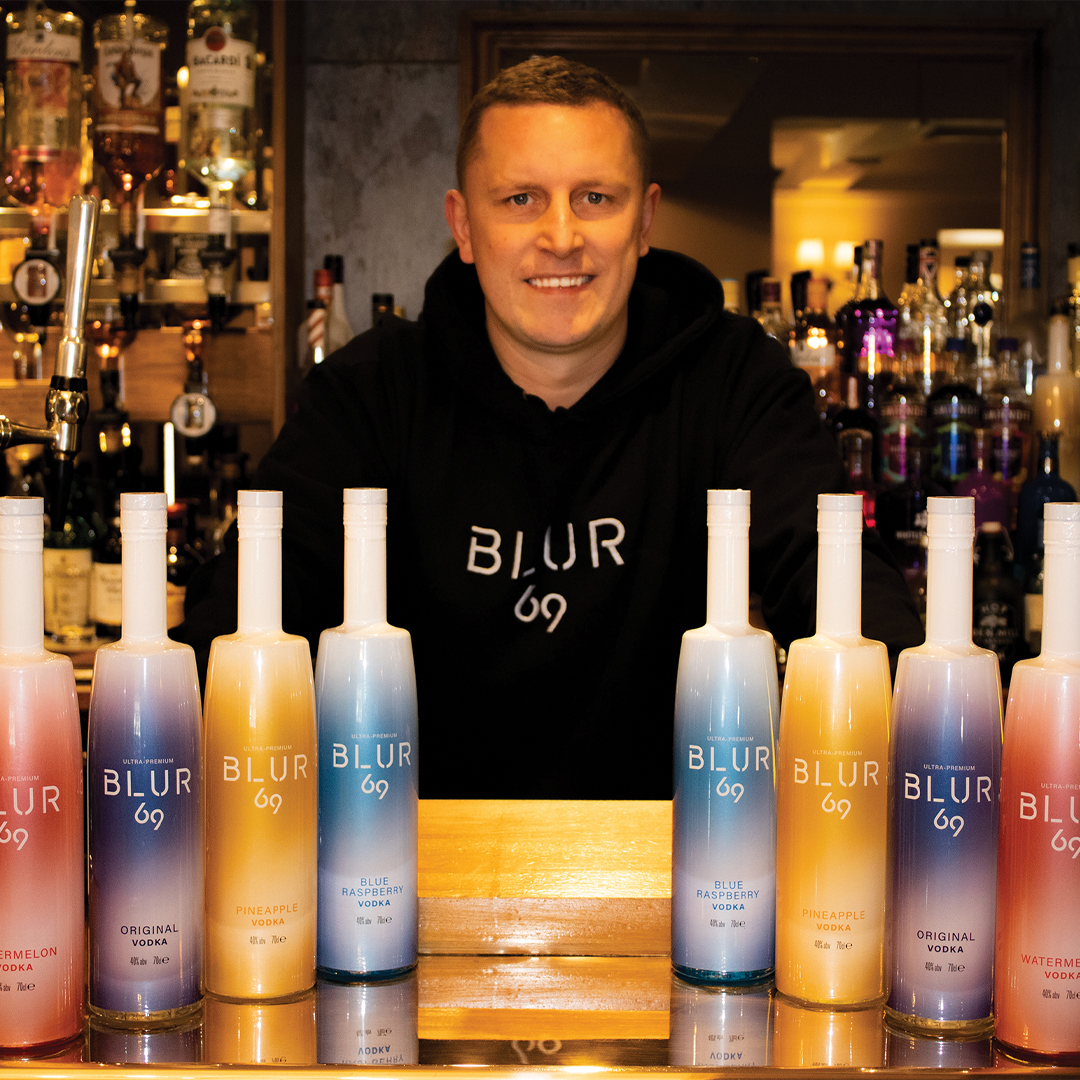Luke Richardson is the sommelier at wine bar Le Di-Vin in Edinburgh. In his column for SLTN he shares his thoughts on all things wine-related and answers your questions about wine. If you have a question for Luke email it to sltn@peeblesmedia.com

Hello again!
I talked about how wines can be categorised last month, and also about how we experience taste with a view to being able to build a representative wine list to suit the majority of palates and pockets.
In the coming months, I will concentrate on a single grape variety each month and try and give examples of different styles that fit into these categories – and this month it’s that old favourite, Sauvignon Blanc.
Every list should have at least one, and we’re currently showing four here at the wine bar.
Most Sauvignon Blanc falls into the ‘light, dry and crisp’ category but, depending where it’s from, it can come in at very different price points. So here I’ll talk about an entry level, a mid-point level and a top-end example of each of these grape varieties, with a few areas of interest for each price point.
Starting with the most affordable Sauvignons, my first instinct is to turn to the New World.
Chile has made a bit of a name for itself for providing pretty good Sauvignon Blanc at a reasonable price, and also some South African Sauvignon is pretty good value.
The wines from Chile tend to be a bit fruitier with a little less noticeable acidity, with a fruit profile around the grapefruit and melon region, whilst the wines from South Africa tend to be meaner and greener – less fruit, a bit more acidity and more on the green flavour profile – grass, green pepper, mineral, that sort of thing.
Expect to pay around £5 to £5.50 (ex. VAT) for a reasonably good Chilean example, and about £6 to £6.50 (ex. VAT) for a South African example.
I actually prefer the Chilean style, as most palates prefer a little bit more flesh to the fruit than the ‘mean and green’ style at this price point.
For a mid-ranged priced Sauvignon Blanc, look no further than New Zealand. The Kiwis have somewhat cornered the market for ripe, fruity and incredibly drinkable Sauvignon Blanc for the last 20-something years now, and you can find a good example for anywhere between £7 and £10 (ex. VAT).
The styles differ dramatically by region, but Marlborough is the one to head to for good value.
Even within Marlborough there are a couple of clear styles – ripe gooseberry/asparagus/melon or more tropical like guava/passionfruit.
I like both styles, but I feel the first is the more traditional and is also more food-friendly.
For the top-end, we have to be looking at the Loire Valley in France – the spiritual home of the variety.
A good Sancerre or Pouilly Fumé will set you back between £11 and £15 (ex. VAT), so it’s not cheap, but it is the epitome of class for this varietal.
A good Sancerre is crisp, mineral and fresh but with a good length of finish, whereas Pouilly Fumé is a bit more smokey and a touch more savoury.
Both are heaven with shellfish, top white fish like Turbot and Halibut and, unusually, with goat’s cheese.
Happy hunting!























